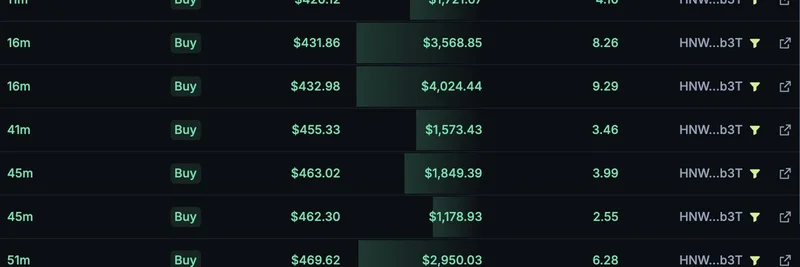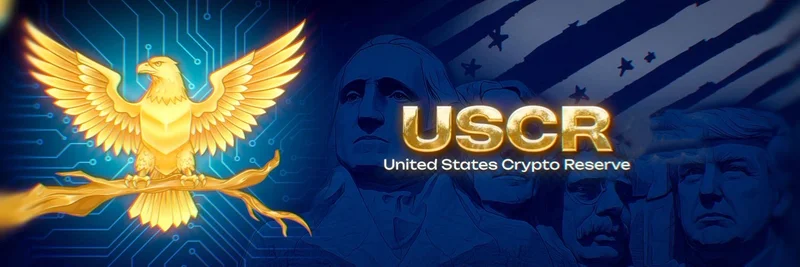Ethereum's fee system is getting a major upgrade proposal, and it's explained in one of the most relatable ways possible – through a supermarket analogy. On August 11, 2025, Anders Elowsson, a researcher at the Ethereum Foundation, dropped a thread on X introducing EIP-7999: Unified Multidimensional Fee Market. Co-authored with Ethereum co-founder Vitalik Buterin, this proposal aims to make transactions more efficient and user-friendly. If you're into meme tokens or any Ethereum-based projects, this could change how you interact with the network. Let's break it down step by step.
The Supermarket Analogy: Why Ethereum Needs This Change
Imagine Ethereum as a massive supermarket where everything – eggs, cheese, snacks – is just labeled "food." No matter what you buy, it all scans as "1 food," and the store closes once it hits a daily limit of 45 million "food" items. This leads to inefficiencies: shelves might empty out unevenly, and customers miss out.
That's basically how Ethereum's current fee market works with a single-dimensional gas system. All resources are priced and limited under one umbrella, causing bottlenecks during high demand. EIP-7999 proposes a multidimensional approach, assigning separate inventories and floating prices to different categories. This way, the "store" can sell exactly the targeted amount of each item daily without shutting down prematurely.
How Transactions Fit into the Grocery List
Transactions on Ethereum are like your dinner shopping list. To make an omelette, you might need eggs, tomatoes, onions, and cheese. Under the current system, if eggs spike in price, you could be stuck even if your overall budget covers everything. EIP-7999 changes that by letting users set a single max_fee for the entire transaction, ditching separate fees for gas, blob gas, and more.
This boosts capital efficiency – no more locking up extra funds for potential price hikes in one area. It's like going to the store with a total omelette budget, not separate wallets for each ingredient.
In the thread, Anders explains: "Had you gone to the store with one budget per ingredient... you couldn’t buy the eggs at 3 mETH a pack, even though your overall budget (19 mETH) was higher than the required 15 mETH for the full omelette."
Key Features of EIP-7999
The proposal unifies all fee markets under the EIP-4844 format, which introduced blob gas for cheaper data storage – a big win for layer-2 solutions and meme token launches that rely on affordable transactions. It also generalizes reserve pricing from EIP-7918 and adds gas normalization to keep prices stable even if gas limits change.
- Single Max Fee: Users specify one
max_feeinstead of multiple, simplifying wallets and dApps. - Calldata Separation: Starts by splitting calldata into its own dimension, testing the waters without overhauling EVM gas right away.
- Backward Compatibility: Addresses issues with legacy transactions and old contracts, potentially using aggregate processing at the transaction level.
Anders highlights potential extensions to EVM gas, noting collaborations with researchers like Davide Crapis and Miguel Silva. For those deep in the weeds, check out the full proposal on Ethereum Magicians forum.
Implications for Meme Tokens and Blockchain Users
For meme token enthusiasts, this is huge. Meme coins often spike during viral moments, driving up Ethereum fees and causing transaction failures. A multidimensional fee market could smooth that out, making it easier to mint, trade, or launch new tokens without getting rekt by gas wars. It's like ensuring the supermarket stays open for your late-night snack run, even if everyone's buying eggs.
The thread also touches on mitigations for capital efficiency losses in hybrid setups, like builder supplements or hybrid limits. While technical, these ensure a smooth transition, keeping Ethereum competitive against faster chains like Solana.
What's Next for Ethereum's Fee Evolution
EIP-7999 builds on ideas like Multidimensional Gas Metering, proposing one base fee with block-level limits across dimensions. It's a step toward a more flexible, user-centric blockchain. As Anders wraps up, crediting feedback from experts like Barnabé Monnot and Francesco D'Amato, the community is buzzing.
If you're building on Ethereum or just hodling meme tokens, keep an eye on this. It could make your next transaction as easy as grabbing groceries. For the full thread, head over to Anders' X post.
Stay tuned to Meme Insider for more updates on how blockchain proposals like this impact the wild world of meme tokens!




